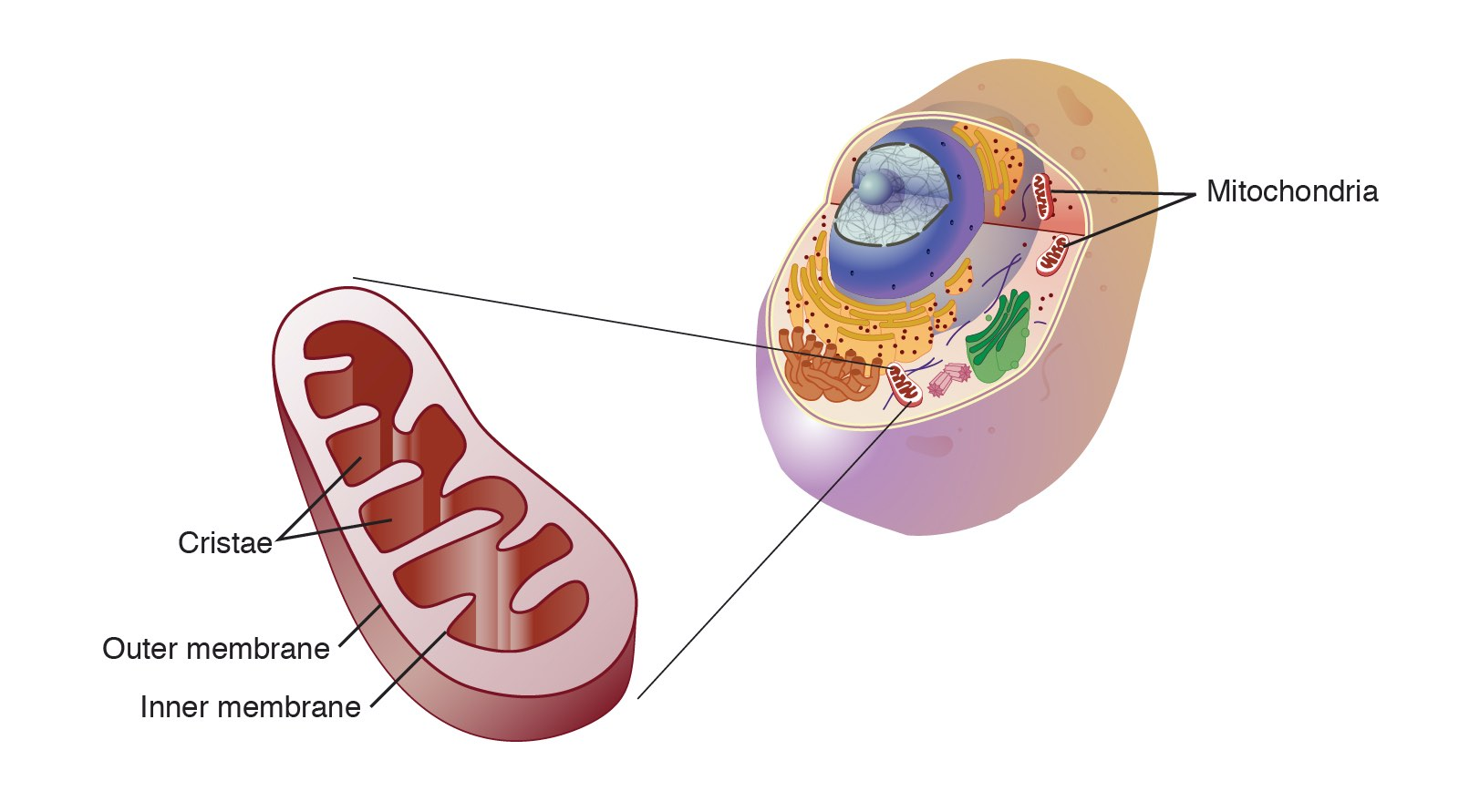Important Facts For Prelims
Stem Cell-derived Mitochondrial Transplant
- 03 Jan 2023
- 7 min read
Why in News?
Recently, six children with rare disorders caused by deletion in the genomes of their mitochondria were successfully treated for the first time by Stem-cell derived Mitochondria Transplantation.
- The process involved the mitochondrial transplant from donor mothers into children’s haematopoietic stem cells, which give rise to all types of blood cells.
What is the Stem Cell-derived Mitochondria Transplantation?
- It involves the spontaneous mitochondrial transfer of the stem cell to rescue the injured cells or the injection of stem cell isolated mitochondria into the injured area to repair the damage.
- Stem cells are the most primitive cells at the top of the origin of cell lines, and they have a high capacity for differentiation and self-renewal.
- In addition, stem cells can differentiate into various tissues, organs, or functional cells of the human body; therefore, stem cells hold great promise for therapeutic tissue engineering and regenerative medicine.
What are Mitochondria?
- Mitochondria are membrane-bound semi-autonomous cell organelles and are often referred to as the powerhouses of the cell.
- They generate most of the chemical energy needed to power the cell's biochemical reactions.
- Chemical energy produced by the mitochondria is stored in the form of Adenosine Triphosphate (ATP).
- They generate most of the chemical energy needed to power the cell's biochemical reactions.
- Mitochondria contain their own Deoxyribonucleic Acid (DNA). Generally, mitochondria, and therefore mitochondrial DNA, are inherited only from the mother in almost all multicellular organisms.
- Mitochondria in mammalian sperm are usually destroyed by the egg cell after fertilization.
- The mitochondria are present at the base of the sperm's tail, which is used for propelling the sperm cells; sometimes the tail is lost during fertilization.
- Mitochondria in mammalian sperm are usually destroyed by the egg cell after fertilization.
UPSC Civil Services Examination, Previous Year Questions (PYQs)
Q1. In the context of hereditary diseases, consider the following statements: (2021)
- Passing on mitochondrial diseases from parent to child can be prevented by mitochondria replacement therapy either before or after in vitro fertilization of the egg.
- A child inherits mitochondrial diseases entirely from mother and not from father.
Which of the statements given above is/are correct?
(a) 1 only
(b) 2 only
(c) Both 1 and 2
(d) Neither 1 nor 2
Ans: (c)
Exp:
- The technological development allows nearly complete replacement of the cytoplasm of egg/ embryo, eliminating the transmission of undesired defective mitochondria for patients with inherited mitochondrial diseases, which is called mitochondrial replacement therapy (MRT).
- Despite the fact that it is called mitochondrial replacement therapy, the treatment functionally works by transferring the mother’s nuclear genetic material from an egg (oocyte) with diseased mitochondria into a donor egg that has healthy mitochondria and whose original nuclear genetic material has been removed. The healthy mitochondria in the donor egg can allow for normal development and stop the transmission of mitochondrial disease.
- These processes use assisted reproductive technology, including in vitro fertilization. The father’s sperm can fertilize the patient egg before the maternal genetic material is removed or after the maternal genetic material has been transferred to the donor egg. Hence, statement 1 is correct.
- The energy-producing organelle mitochondria contains its own compact genome, which is separate from the nuclear genome. In nearly all mammals, this mitochondrial genome is inherited exclusively from the mother, and transmission of paternal mitochondria or mitochondrial DNA (mtDNA) has not been convincingly demonstrated in humans.
- Mitochondrial diseases are chronic (long-term), genetic, often inherited disorders that occur when mitochondria fail to produce enough energy for the body to function properly. As the mitochondrial genome is inherited exclusively from the mother, the child inherits mitochondrial diseases entirely from mother and not from father. Hence, statement 2 is correct.
- Therefore, option (c) is the correct answer.
Q2. With reference to ‘stem cells’, frequently in the news, which of the following statements is/are correct? (2012)
- Stem cells can be derived from mammals only
- Stem cells can be used for screening new drugs
- Stem cells can be used for medical therapies
Select the correct answer using the codes given below:
(a) 1 and 2 only
(b) 2 and 3 only
(c) 3 only
(d) 1, 2 and 3
Ans: (b)
Exp:
- Stem cells are undifferentiated or “blank,” cells capable of developing into cells that serve numerous functions in different parts of the body. Most cells in the body are differentiated cells. These cells can only serve a specific purpose in a particular organ. For example, red blood cells are specifically designed to carry oxygen through the blood.
- Stem cells are not only found in mammals, but also found in plants and other organisms. Hence, statement 1 is not correct.
- Since stem cells have the ability to turn into various other types of cells, scientists believe that they can be useful for treating and understanding diseases. According to the scientists, stem cells can be used to:
- Grow new cells in a laboratory to replace damaged organs or tissues.
- Correct parts of organs that do not work properly
- Research causes of genetic defects in cells.
- Research how diseases occur or why certain cells develop into cancer cells.
- Test new drugs for safety and effectiveness. Hence, statement 2 is correct.
- To carry out medical therapies. Hence, statement 3 is correct.
- Therefore, option (b) is the correct answer.





